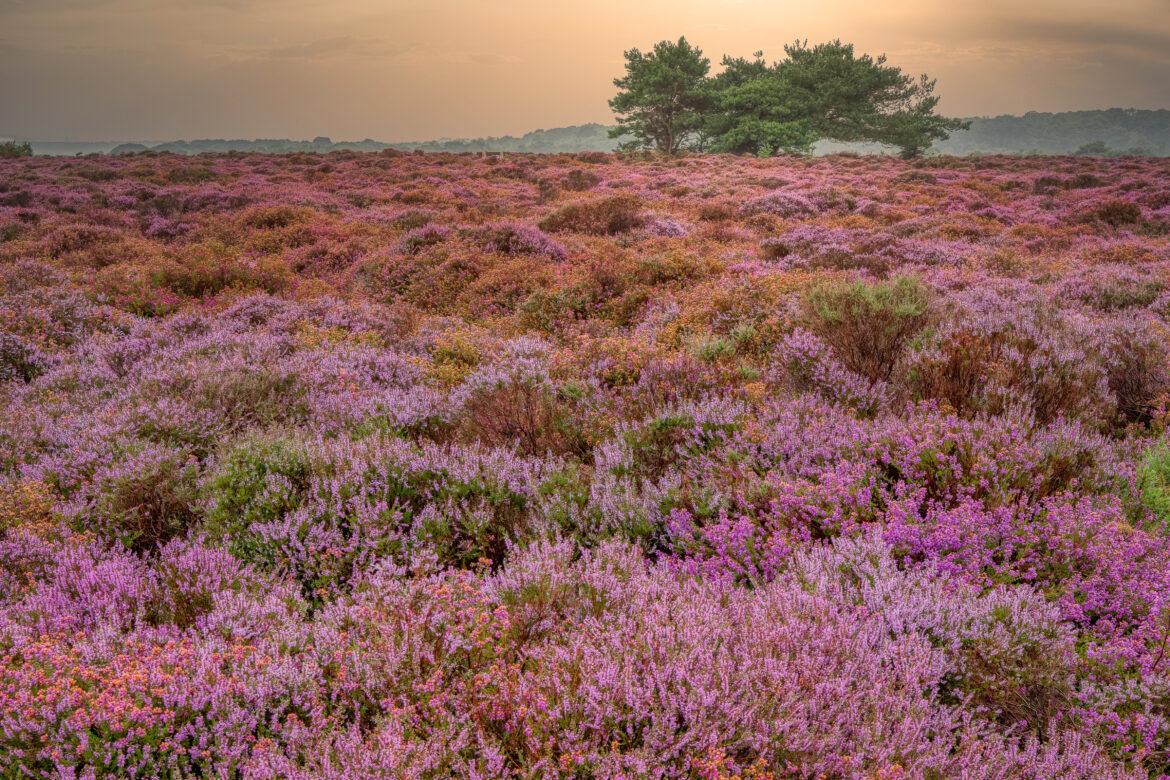(*) Suffolk dialect – I’ve never seen anything like that 🙂
And another of our mini-trips finished! This time to the sleepy village of Woodbridge where our longtime friends Alex and Derek have taken up residence.
What will strike you about Suffolk – apart from it being very flat 🙂 – is the vast countryside offerings. Particularly when you’re used to how inflated, built up, densely stacked up cities like London are. Driving through these countryside landscapes has you feeling incredibly rich in space and nature. Endless country lanes and villages filled with people who have chosen a slower lifestyle.
If you’re in need of a dose of chill, Suffolk is the destination for you.
Beautiful thatched Suffolk cottages
I mean, the Cotswolds is all good and well, probably the first choice for American, Chinese and Japanese tourists searching for the quintessentially British perfect thatched cottages and tiny English villages. But you will have to share it with a million other tourists! So if you’re in for a Disney World experience where you have to queue for a good photo and pay exorbitant prices for food: knock yourself out. The county of Suffolk on the other hand still seems to remain a somewhat ‘English countryside secret’ where the crowds haven’t followed yet. Perhaps because there are very few important motorways within their borders but rather miles and miles of winding country lanes.
Woodbridge riverfront & city center
Centrally located for all the places worth seeing in Suffolk is the cute little town called Woodbridge, right on the edge of the Suffolk Coast & Heaths Area of Outstanding Natural Beauty (AONB). And around Woodbridge you’ll see plenty of beautiful rolling fields, turning into expanses of marshes, estuary’s and the odd forest. The town itself includes neat streets filled with trendy coffee bars, gastro-pubs and gift shops and a beautiful waterfront with a working tide mill.
Great choice for us as a base to explore the rest of Suffolk from, thank you for that Alex & Derek.
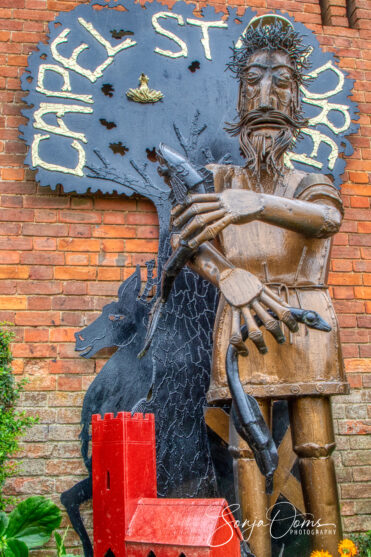
A few of the locals…it is often said that there are more pigs than people in Suffolk. Free Range Pig Farms where animal welfare is at the heart of everything they do are everywhere. And these fine specimen certainly seemed happy enough 🙂
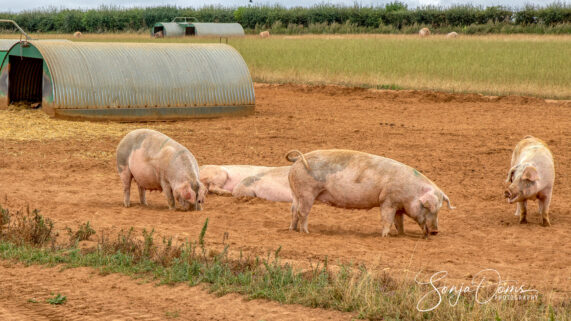
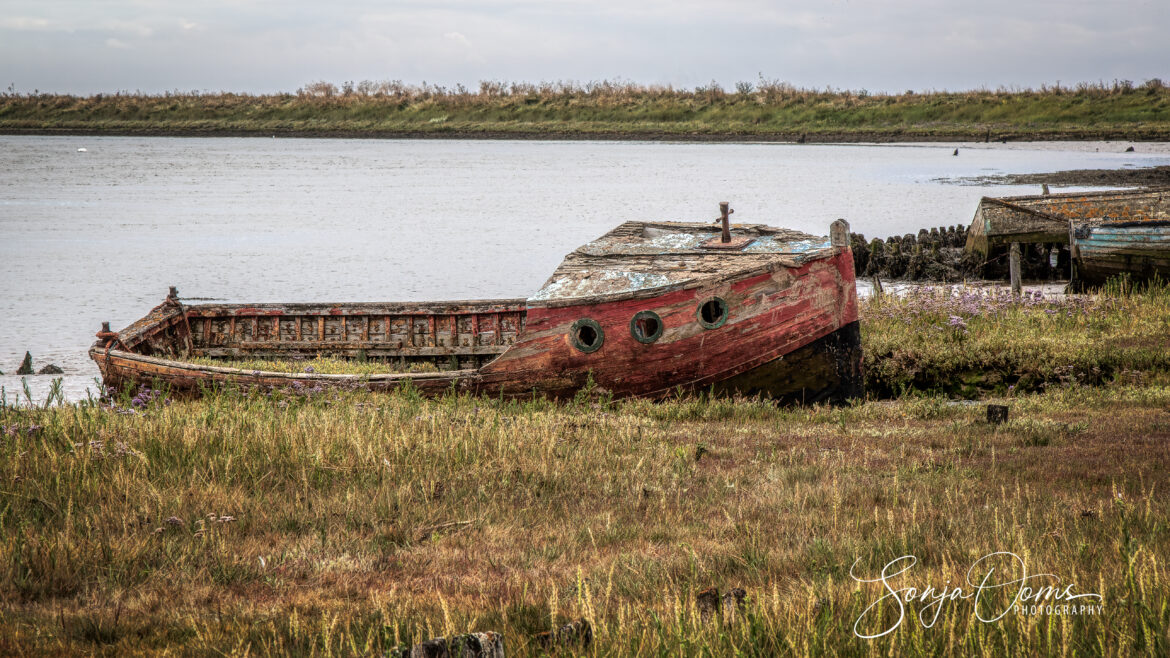
The Suffolk coastline, although we’re not really into beaches and we prefer more of the savage Cornwall or Pembrokeshire type of coast, is actually quite beautiful. Not a Butlin’s Holiday Park in sight, no mobility scooter and tracksuit brigade, it seems they have given towns like Aldeburgh (my favourite seaside town in Suffolk) and Southwold a wide berth. Hurrah !
Aldeburgh
Although I don’t very well see how they would navigate beaches the likes of “Shingle Street”. A quiet, uninhabited stretch of Suffolk coastline, Shingle Street is at the mouth of the River Alde facing the 10-mile-long shingle spit: Orford Ness. Along the water’s edge the sea has deposited an impressive ridge of pebbles that is actually quite tricky to scramble over. There are also said to be areas of quicksand around the lagoons, to be avoided as they are deceptive and unstable. The area is a serious risk of coastal erosion and is said to be likely to disappear into the sea one day.
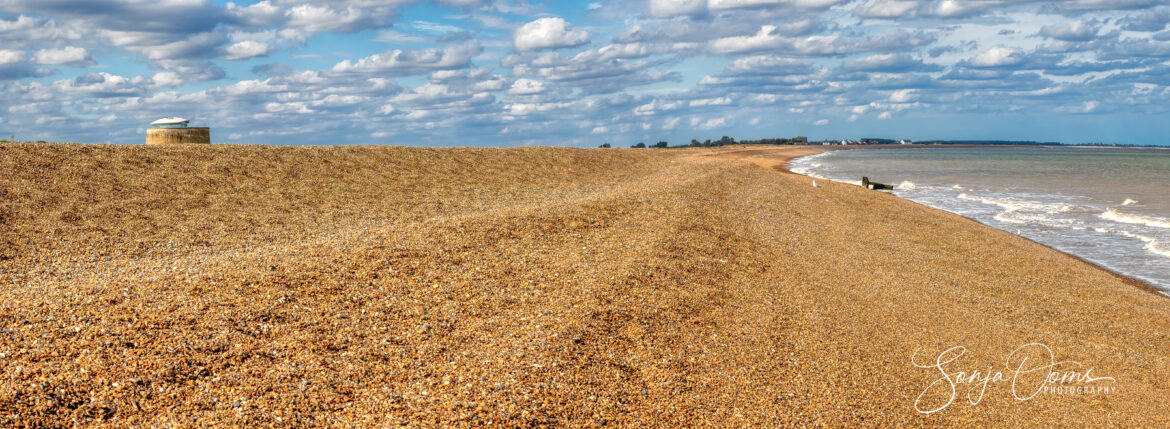
Shingle Street
On the left of the photo one of the typical Martello Towers. This one, Found Tower in Bawdsey, won an award for its conversion to a private house. Some of them can be rented, although I was told they come at a hefty price. This particular one starts at 2,300 £ per week! But don’t bother checking for availability, it’s fully booked until somewhere in 2023.
The Martello Towers were part of the coastal defenses, standing up to 12 meters high and with walls up to four meters thick, Suffolk’s Martellos were built to repel a possible invasion by Napoleon and his armies in the early 19th century.
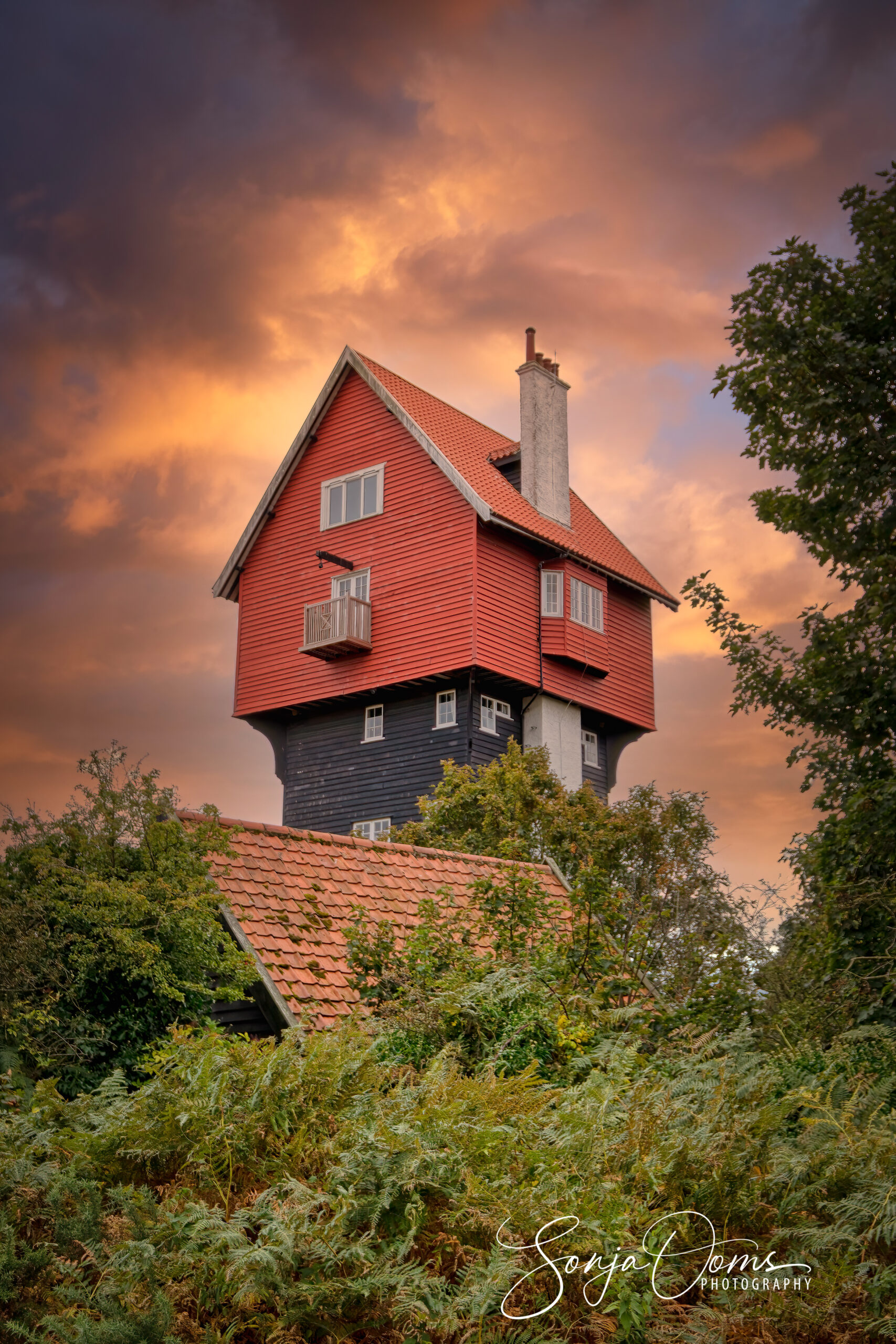
House in the Clouds
Close to Aldeburgh is a marvellous little spot called Thorpeness. A rich Railway tycoon, Stuart Ogilvie, bought up the whole area and turned it into a fantasy holiday village to entertain his friends and family at. Mock Tudor holiday homes, the mandatory golf course, a man-made boating lake and of course the infamous ‘House In The Clouds’ seen on any good Suffolk postcard. Built in 1923 as a water tower to receive water from the Thorpeness Windmill, the architect kept it in the Mock-Tudor style of the town which makes it look like a floating home. Nowadays it’s a 5 bed-roomed house which you can also rent as a self catered holiday accommodation, but you must have calves of steel with the entrance of 85 steps!
Sights & Sounds from Orford
And most certainly don’t miss Orford and the Butley Orford Oysterage! After the ending of the second world war, Richard Pinney decided he had had enough of London and headed for the countryside. He ended up on the Suffolk coast. Oysters had been cultivated there for centuries and had a fine reputation but the trade had died down at the end of the 19th Century. Pinney started laying down oysters again, which grew and fattened very well, and the oyster business began despite being warned by local fishermen, that if you want to lose all of your money, oysters was a good way of doing it! Luckily for us he didn’t listen and in the fifty or so years since then it has remained a family business, still run by Bill and Janet Pinney and the next generation, Jodie and George.
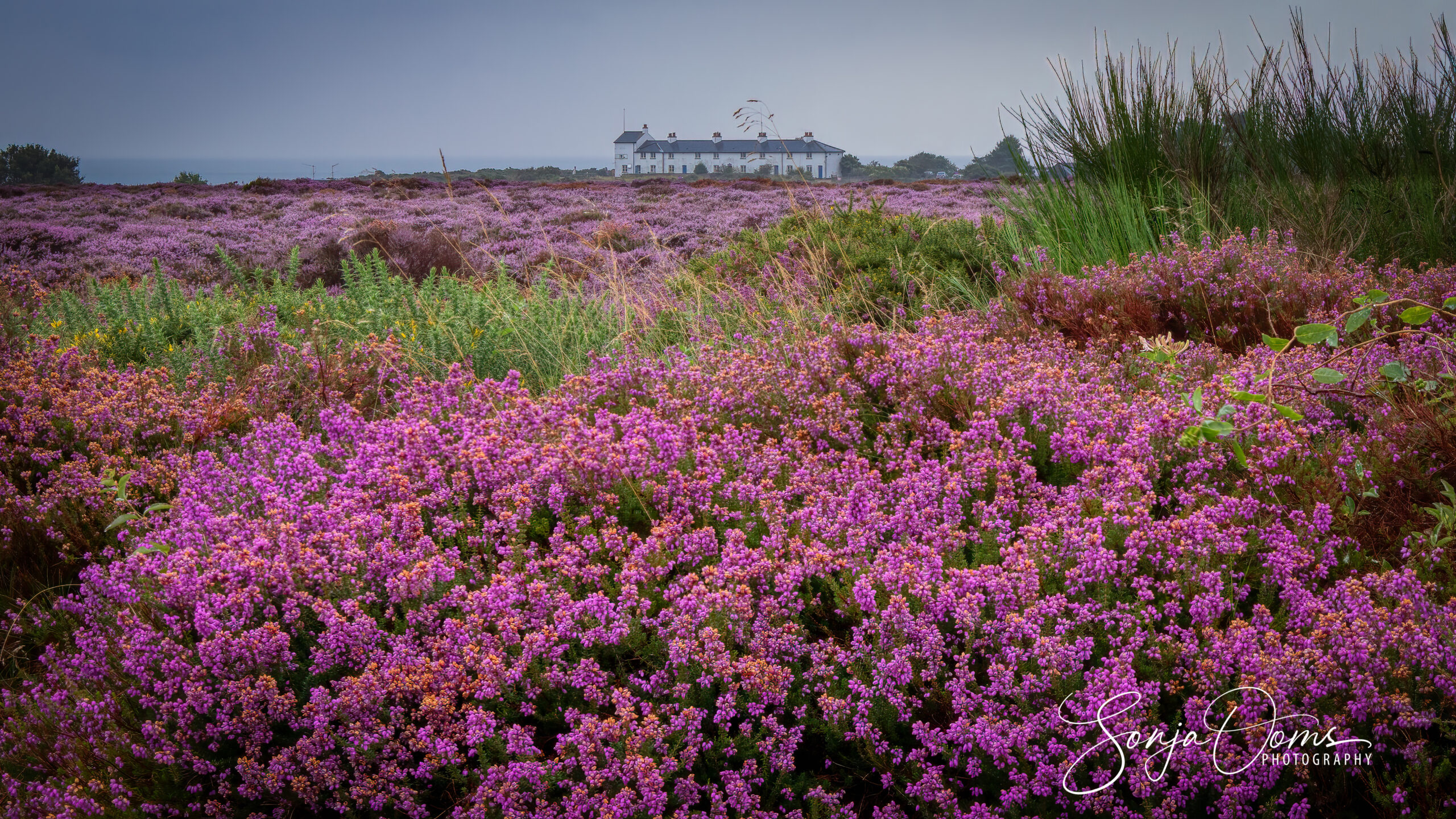
Dunwich Heath and Beach & the Coastguard Cottages.
And then there is the village of Dunwich, pronounced duhnisj 🙂. Which is famous because …well mainly because it’s not there anymore! Most of the buildings that were present in the 13th century have disappeared into the sea. Including all eight (!) churches. What’s left is a bit of a tourist trap, the locals having made an industry out of their lost heritage.
But 1,5 miles South of Dunwich is the beautiful National Trust property Dunwich Heath and Beach, by far one of the most spectacular heath landscapes we have ever seen and RSPB nature reserve Minsmere, a paradise for bird lovers.
Martello Towers, which had been constructed as defenses against Napoleonic invasion, provided the first official housing for coastguards. Where no towers existed, barrack type structures were used, and some families were housed in sea-faring watch vessels. In the mid 19th century 151 stations were constructed around the coast, including the cottages on Dunwich Heath. Visible in the background of this photo.
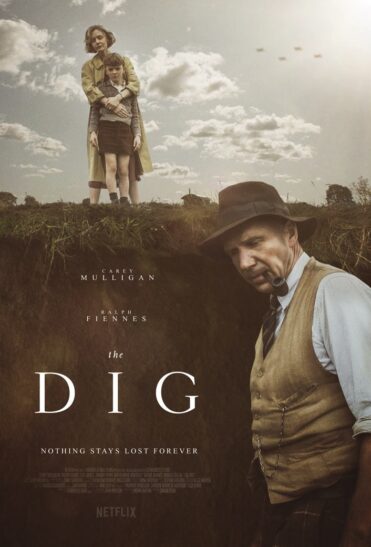
And what is probably the most famous place in Suffolk? Well, the National Trust site of Sutton Hoo of course thanks to the movie “The Dig” and no we didn’t visit. We’re not really early risers and when we arrived at the entrance of the car park at 9 AM there were like 20 cars already queuing to get in. Apart from not being early risers, we’re not British either, so we were not raised in that great British tradition of patiently queuing, we just left and decided to come back later 🙂
Thank you again for visiting our blog and for patiently wading through my ramblings. The photos were, as usual, all from the hand of my much more talented better half Sonja 🙂
Special thanks also to Alex & Derek for their perfect hospitality, the delicious restaurant suggestions and in general just for putting up with us.
Next trip Northumberland – watch this space.
